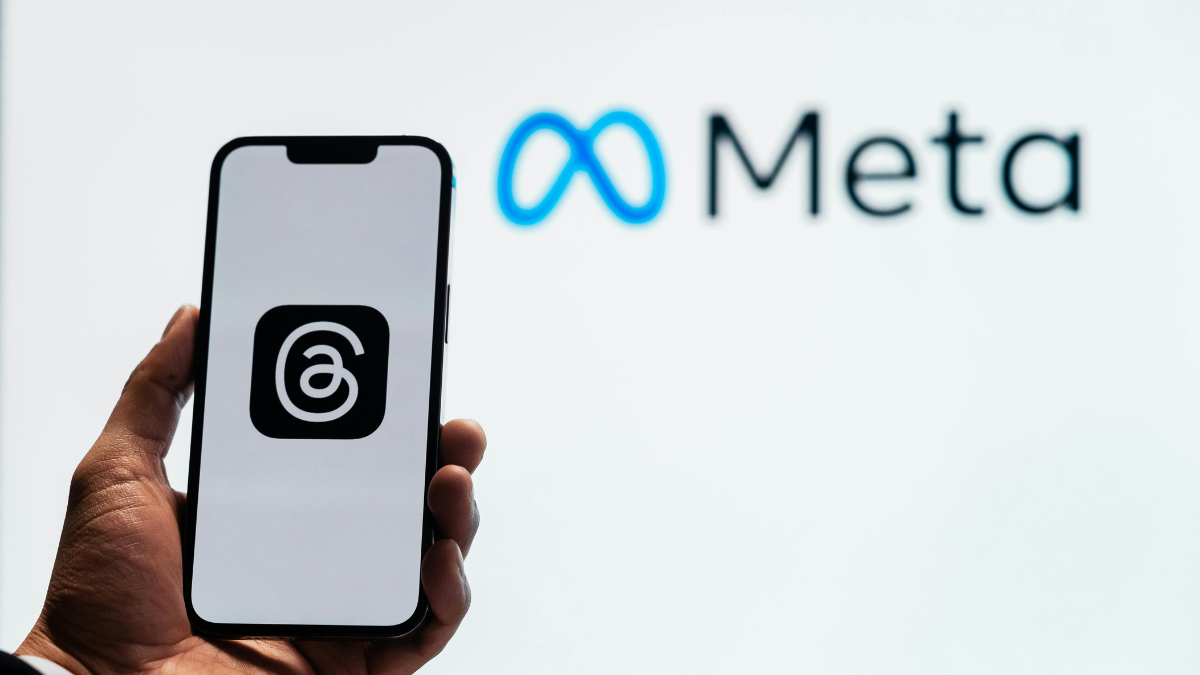On 24 January Meta announced that it is testing ads on Threads in the US and Japan. Can the platform commercialise and nurture its fledgling user base at the same time?
Adam Mosseri, head of Instagram, posted on Friday that the ads will be, during the testing phase, available to only ‘a handful of brands’, which can extend their existing image ads from Facebook and Instagram into Threads with the tick of a box.
‘Meta’s ad expansion into Threads is a logical extension of its existing ad ecosystem, offering brands the ability to repurpose creative assets seamlessly without the need for platform-specific content. This ease of integration will be appealing for advertisers looking to scale campaigns across multiple platforms efficiently,’ said Grace Andrews, marketing and brand director at Flight Studio.
Meta also stated that it will integrate brand safety controls for advertisers and allow users to tailor their ad experience; but who are the platform’s 300 million monthly active users, what do they actually want, and how should advertisers proceed?
Andrews shared that the platform’s users are predominantly young and digitally savvy, with many being ‘early adopters from creative, tech, and media industries’. According to her, these users seek ‘authentic dialogue and a sense of community’ — this, she argues, makes Threads a ‘more low-pressure and conversational platform compared to others in Meta’s ecosystem’.
Social creative director, James Parker, adds that Threads was ‘born in the fall of X’ and didn’t follow Meta’s typical Edgerank algorithm, which ranks content based on its recency, engagement, and user affinity. Instead, Meta sought to create a reactive platform that could shelter those fleeing X.
‘With a distinct lack of updates and features in the first six months Threads became stagnant after a huge launch period. Meta fixed this by pushing successful Threads into people’s Instagram and Facebook feeds. They then introduced better image and video functions for the platform, removing the reactive aspect and encouraging engagement-led posts. This change means that even though the engagement numbers are increasing, the platform doesn’t serve a unique purpose for users or advertisers,’ Parker added.
Bluesky, on the other hand, has successfully attracted former X users seeking a reactive platform. Parker says that ‘the sense of community and finding those with similar interests comes much more naturally on Bluesky than on Threads.’
Nevertheless, Bluesky remains ad-free while X continues to repel many large advertisers with its right-leaning political content, among other things.
‘I think offering paid ads could be the nail in the coffin for Threads, given that Bluesky remains (almost) ad-free,’ Parker said. Going further, he added that these ads should be ‘packaged up as an addition to Instagram spend’ since the two platforms have ‘exactly the same’ audience.
Andrews is slightly more optimistic, but she still urges brands to proceed with caution. Much like Bluesky, Threads is still finding its feet and its users ‘will have a low tolerance for interruptive or overly polished ads that feel out of sync’.
‘Advertisers who succeed here will be those who approach with a creator-like mindset, contributing value to conversations rather than trying to control them. For brands and advertisers, now is the time to experiment and test how their voice can resonate in this emerging space,’ she said.
Featured image: Julio Lopez / Pexels

